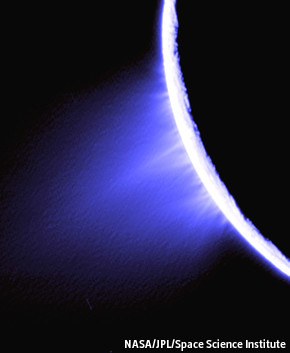For millennia, thinkers, artists and business people have been drawn to the big city. These cultural hubs foster the exchange of money and ideas, and people have crossed land and sea to spend their days at the center of civilization. Yet the dominance of any one cultural hub doesn't hold forever, and over the years cities have gone through booms and busts in popularity.
This animation above distills hundreds of years of culture into just five minutes. A team of historians and scientists wanted to map cultural mobility, so they tracked the births and deaths of notable individuals like David, King of Israel, and Leonardo da Vinci, from 600 BC to the present day. Using them as a proxy for skills and ideas, their map reveals intellectual hotspots and tracks how empires rise and crumble
The information comes from Freebase, a Google-owned database of well-known people and places, and other catalogues of notable individuals. The visualization was created by Maximilian Schich (University of Texas at Dallas) and Mauro Martino (IBM).
You can read the research paper in Science or check out Nature's news story for more information.








